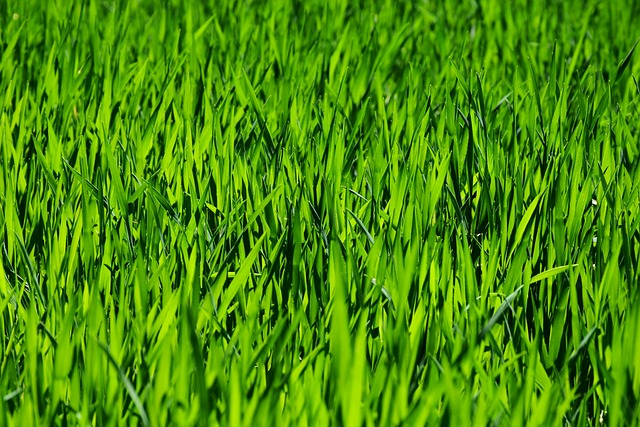Lawn care and landscaping are integral to transforming outdoor spaces into vibrant, functional areas. Effective lawn care practices ensure grass health, while thoughtful landscaping design combines aesthetics with sustainability, functionality, and well-being. Strategic planning, including site analysis, hardscapes, softscapes, and lighting, is key to bringing visions to life. Professional execution, regular maintenance, and post-installation care are vital for achieving beautiful, high-value landscapes that enhance outdoor living experiences.
Landscaping design is an art that transforms outdoor spaces into harmonious, functional areas. Understanding lawn care is pivotal in this process, as it forms the foundation for any landscaping project. This article delves into the essence of lawn care and its integral role within landscaping. We’ll explore key components of effective design, offering valuable tips and best practices to help you implement your landscaping vision. From choosing the right plants to optimizing irrigation, discover how to create a lush, vibrant outdoor oasis.
- Understanding Lawn Care and Its Role in Landscaping
- Key Components of Effective Landscaping Design
- Implementing Your Landscaping Vision: Tips and Best Practices
Understanding Lawn Care and Its Role in Landscaping

Lawn care is a fundamental aspect of landscaping design, playing a pivotal role in transforming outdoor spaces into lush, inviting environments. It involves more than just mowing and watering; it encompasses a range of activities aimed at maintaining and enhancing the health and aesthetics of grass areas. Proper lawn care practices ensure that lawns remain dense, vibrant, and capable of withstanding various environmental challenges.
In the context of landscaping, lawn care serves as the canvas upon which other design elements are painted. A well-cared-for lawn provides a serene backdrop for flower beds, patios, and garden features, allowing these elements to shine. Moreover, it contributes significantly to the overall ambiance and functionality of outdoor spaces, creating inviting areas for relaxation, entertainment, and enjoyment. Effective lawn care strategies, including regular mowing, fertilizing, and pest management, are essential for achieving and maintaining a beautiful and sustainable landscape design.
Key Components of Effective Landscaping Design

Effective landscaping design goes beyond aesthetics, integrating key components that enhance functionality, sustainability, and overall well-being. One of the fundamental aspects is site analysis, which involves understanding the physical characteristics of the land – slope, drainage, sunlight exposure – to make informed decisions about planting choices and hardscaping placement. This thoughtful approach ensures that each element complements the natural landscape, creating a harmonious outdoor space.
Water features, for instance, can add tranquility and visual interest while also providing ecological benefits through proper drainage and irrigation systems. Hardscaping materials like patios and walkways not only define spaces but also offer functional areas for entertainment or relaxation. Incorporating native plants in lawn care and landscaping promotes biodiversity, reduces maintenance needs, and creates a resilient garden that thrives with minimal intervention.
Implementing Your Landscaping Vision: Tips and Best Practices

Bringing your landscaping vision to life requires careful planning and execution, ensuring a harmonious blend of aesthetics and functionality. Start by creating detailed designs that consider both form and function, incorporating essential elements like hardscapes, softscapes, and lighting. Engage with professionals who can interpret your plans accurately, offering valuable insights tailored to your specific lawn care and landscaping needs.
During implementation, maintain a structured approach. Begin with preparation, clearing the site and grading as needed. Implement planting schedules strategically, ensuring plants thrive in their new environments. Regularly inspect progress, addressing any issues promptly. Consistent maintenance post-installation is paramount; a well-cared-for landscape not only enhances your property’s value but also creates a serene outdoor space for relaxation and enjoyment.
Landscaping design is an art that transforms outdoor spaces, blending aesthetics with functionality. By understanding lawn care as a fundamental component and incorporating key design elements, you can create a vibrant and welcoming environment. Effective landscaping doesn’t just enhance the visual appeal; it also contributes to property value and provides recreational areas for all. When implementing your vision, follow best practices to ensure durability, sustainability, and a space that truly becomes the heart of your home, where memories are made and cherished.
